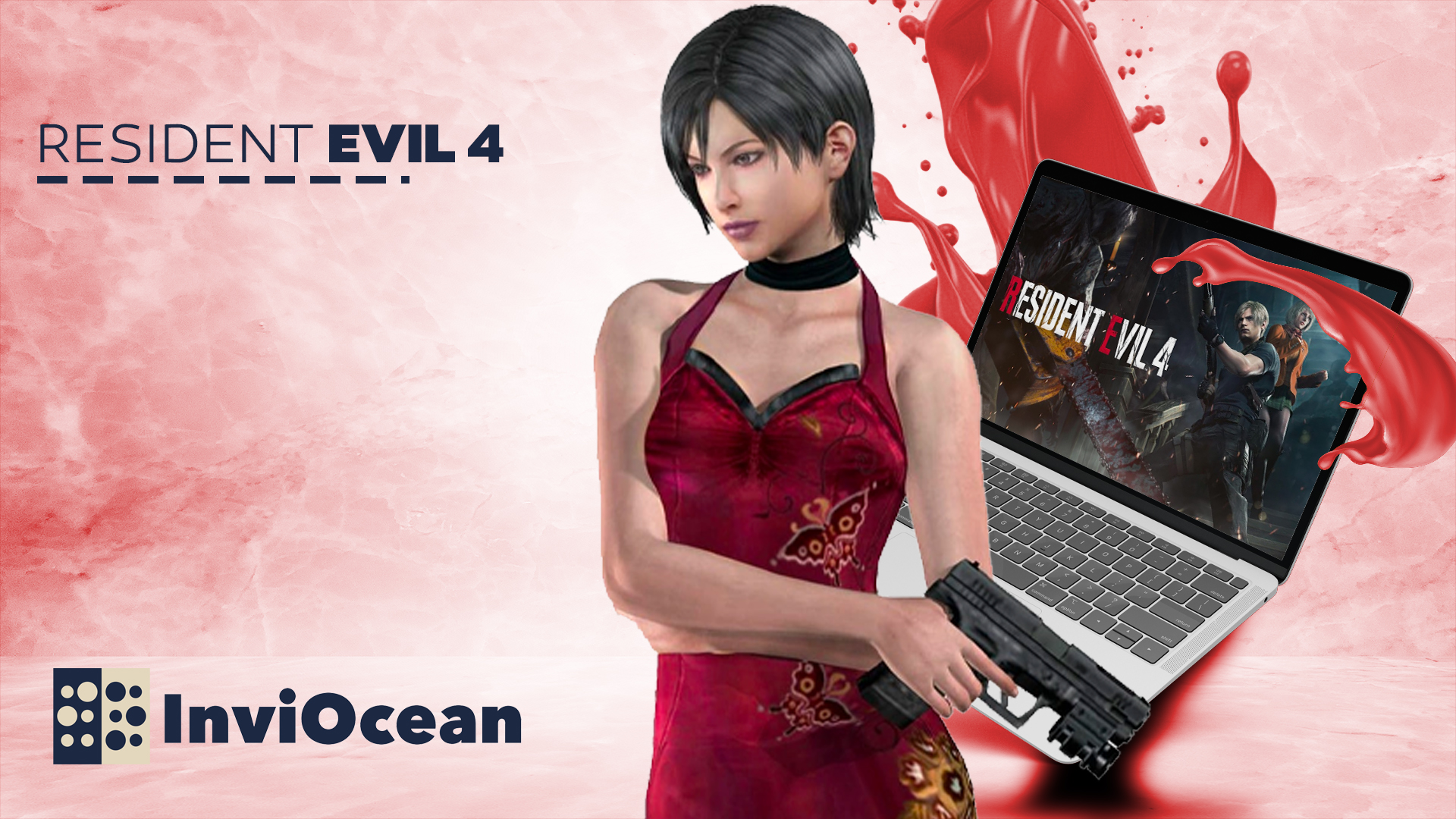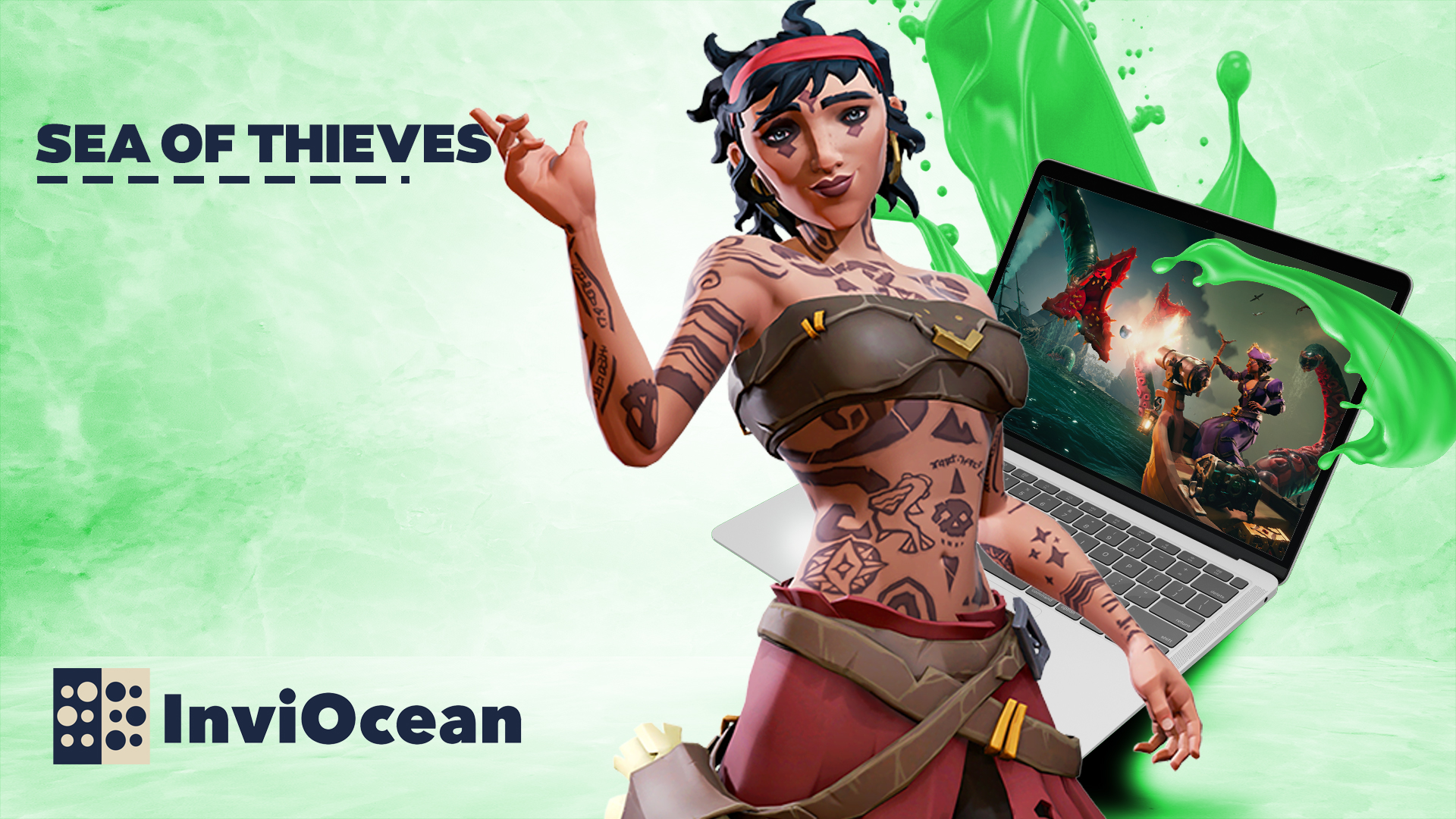Top 10 Games for the Blind and Visually Impaired You Should Try Today
Welcome to our comprehensive guide on games for the blind, where we delve into the evolving world of inclusive gaming experiences. In this article, we explore the innovative and adaptive games designed specifically for individuals with visual impairments. From tactile board games to digitally immersive experiences, our guide aims to provide insights into the diverse and engaging options available. Join us as we navigate the landscape of accessible gaming, uncovering the creativity and commitment of developers in making interactive entertainment truly inclusive for everyone.
Can Blind People Play Video-Games?
Accessibility in gaming has historically faced challenges, with audio narrations being a primary consideration. Beyond text, many contemporary games now incorporate a text-to-speech feature, narrating menus, character options, avatar choices, scores, levels, and rewards.
Crucial game information, including quest updates, remaining lives, potential threats, and navigation directions, is also conveyed audibly. This approach ensures that blind players receive comprehensive details about their in-game environment.
Creating an Immersive Audio Experience
Video games often rely on immersive world-building, encompassing elements like buildings, rivers, skies, and characters. In games for blind people, an equivalent immersive experience is achieved through realistic, multi-sensory audio. Various sound ambiences, ranging from intense to calm or suspenseful, convey the atmosphere of the in-game location.
Modern games leverage 3D sound technology, providing more detailed feedback for each gameplay action, further enriching the gaming experience for blind players.
Vibrations and Physical Feedback
In addition to audio cues, some games utilize other senses, such as touch, to enhance player connection. Vibrations in gaming gear offer valuable feedback, helping players explore the virtual environment. Varying intensities of vibrations signify proximity to objects and distances within the game.
Auto-Scanning for Enhanced Exploration
Searching for threats, traps, and enemies has been a challenge for non-visual gameplay. However, contemporary games address this limitation by incorporating non-visual scanning features. This empowers players to scan their surroundings, detecting different objects through specific audio notifications.
Target Locking in Combat Games
Combat games, a beloved genre, have evolved for blind players. Previously, these games included rhythmic cues and straightforward quests. However, advancements have introduced features like target locking, providing a more engaging and dynamic experience in fighting and combat games designed for blind individuals.
Top Video-Games for the Blind
Resident Evil 4 (2023)

Looking for modern games for the visually impaired? Resident Evil 4, a renowned third-person zombie action game, has undergone a 2023 remake, preserving its original charm while embracing accessibility for new players. The remake introduces features catering to various disabilities, including visual impairments. Players can adjust HUD opacity, enlarge subtitles, and customize scope colors for better visibility. A dedicated “low vision” mode and an “assist” mode, featuring regenerating health and aim assist, exemplify Capcom’s commitment to improved accessibility. This marks a positive shift for Capcom, traditionally criticized for accessibility, and raises anticipation for future titles like Resident Evil 9.
The Last Of Us: Part II

Unsurprisingly, The Last of Us: Part 2 has rightfully earned its place on the list for its exceptional accessibility features, particularly catering to blind and visually impaired players. Developed by Naughty Dog, this gritty story-driven title has received widespread acclaim for its efforts in inclusivity. With a 9.5/10 blind review and post-launch updates to enhance the experience, the game offers text-to-speech support, ledge detection, high-contrast mode, a pinging audio system for navigation, and more. Despite the game’s dark and intense narrative, the inclusive experience for disabled players has been widely praised. The Last of Us: Part 2 is available on both PS4 and PS5.
Final Fantasy XIV: A Realm Reborn

Final Fantasy XIV, a popular MMO, is celebrated for its captivating world, iconic enemies, and enjoyable gameplay. With Square Enix’s thoughtful accessibility features, the game caters to players with visual disabilities. It offers an online manual compatible with screen readers, adjustable HUD and menu sizes, and clear indicators for game mechanics, making it an inclusive and rewarding experience for all players, regardless of their ability to read text.
Sea of Thieves

Sea of Thieves, developed by Rare, has been a beloved pirate adventure for numerous players. Despite its 2017 launch, the studio has made significant strides in accessibility through post-launch updates. Notable additions include narrated toasts, menu narration, emotes narration, and the recent inclusion of compass narration. A comprehensive set of improvements can be found in the dedicated accessibility menu within the options, featuring helpful features like auto-floating and more. The commitment to enhancing accessibility has made Sea of Thieves a more inclusive and enjoyable experience for players.
Mortal Kombat 11

Mortal Kombat 11 boasts excellent accessibility for the visually impaired, utilizing sound effects to guide players through its intense fighting system. Every game element, from movements to powerful attacks, is accompanied by distinctive sounds. The stereo positioning warns players of opponent proximity, enabling strategic responses. Tutorials feature buttons with associated tones, aiding visually impaired players in learning and executing actions. These thoughtful features enhance the overall gaming experience for visually impaired players in Mortal Kombat 11.
| Top Accessible Games | ||||
| Video Game | Color Deficiency | Font Size | Hud Scaling | Contrast Setting |
| Resident Evil 4 (2023) | ✅ | ✅ | ✅ | ✅ |
| The Last Of Us: Part II | ✅ | ✅ | ✅ | ✅ |
| Final Fantasy XIV: A Realm Reborn | ✅ | ✅ | ✅ | ❌ |
| Sea of Thieves | ✅ | ✅ | ✅ | ❌ |
Board Games for Visually Impaired
Games typically rely heavily on visual elements, making the experience incomplete for those unable to see the board or pieces. This frustration is particularly pronounced for individuals who are visually impaired or blind. However, there is good news – some games have been adapted to cater to the needs of the blind or visually impaired. Blind games, specifically designed for those with visual impairments, offer a unique and inclusive gaming experience. In this list, we highlight the top games that have successfully undergone adaptations for enhanced accessibility.
Chess

A timeless game originating in the 6th century, chess has a global following. Adapted for individuals who are blind or visually impaired, this classic strategy game has undergone modifications for enhanced accessibility. Specially adapted chess pieces feature bumps on the white ones for easy distinction from the black ones, and the black spaces on the board are subtly raised. Additionally, the spaces are designed to prevent pieces from sliding off. Today, acquiring a specially adapted chess set for blind individuals is both convenient and affordable.
Dungeons and Dragons

Globally, speaking and listening stand out as the primary forms of human communication and interaction. Particularly for young players, developing social abilities is crucial. Games like Dungeons and Dragons play a fantastic role in nurturing children’s imaginations and fostering creativity, eliminating the necessity to physically see objects. Such visually impaired games prioritize accessibility, providing adaptations that cater to the needs of players with limited sight.
The advantage of such challenges lies in the Game Master’s ability to craft rules, determine difficulty levels, and devise adaptations that cater to specific developmental goals or simply provide enjoyable and amusing tasks.
Scrabble

Among common board games for blind is scrabble. Engaging in Braille Scrabble is a delightful crossword experience and an invigorating brain-teaser ideal for spending leisure time with family or friends. Each alphabet tile features Braille labels, enabling visually impaired individuals to interpret them skillfully.
During each turn, players receive alphabet tiles with the objective of creating high-scoring words before running out of tiles. Braille Scrabble accommodates players of all ages, providing an effortless playing experience for both blind and sighted individuals.
Tic Tac Toe

Popular tactile games for the blind include Tic Tac Toe. Tic Tac Toe remains a beloved, no-brainer pastime. The tactile edition features a solid wood game board, along with round and X-shaped pegs that are easily distinguishable by touch. Whether known as Knots and Crosses, this straightforward game is perfect for kids and adults alike, providing enjoyment during travel, long car rides, or picnics.
Dominoes

The enduring appeal of this tactile dominoes game for blind and visually impaired individuals remains timeless. The tiles feature raised bumps, facilitating easy understanding of their values through touch, with a tactile line down the center. Moreover, these dominoes tiles are slightly larger than their regular counterparts, ensuring a more comfortable grip. While electronic or video games may be more prevalent, they lack the unique joy derived from playing dominoes with blind friends.
In concluding our exploration, we have ventured into a realm where accessibility meets entertainment. From tactile experiences to digital adaptations, the inclusive gaming landscape has expanded significantly. As we wrap up this comprehensive guide, we celebrate the dedication of developers, the innovation in game design, and the ongoing commitment to fostering a gaming community that transcends visual limitations. Our hope is that this guide not only informs but also inspires a broader appreciation for the diverse world of games crafted for the blind, emphasizing the power of inclusive play in enriching lives.
Yes, there’s a range of accessible games, including computer or electronic games compatible with screen readers or featuring self-voicing elements. Additionally, board games or card games are designed with large print or include braille and tactile marks. An example of such accessibility is a fully accessible Sudoku game, crafted for both sighted and visually impaired individuals, facilitating swift audio play.
Absolutely. Certain sports, such as goalball and beep baseball, are specifically designed for people who are blind or visually impaired. Additionally, activities like swimming and running can be readily adapted to accommodate individuals with visual challenges. Whether for leisure or competitive purposes, people who are blind or visually impaired have the opportunity to enjoy a diverse range of activities, including participation in professional teams.
Goalball takes the spotlight. It holds a unique status as the only sport explicitly designed for people who are blind or have low vision. Introduced to Australia in 1980, goalball is an indoor game where each team comprises three players assigned to defend three goals on the court.
